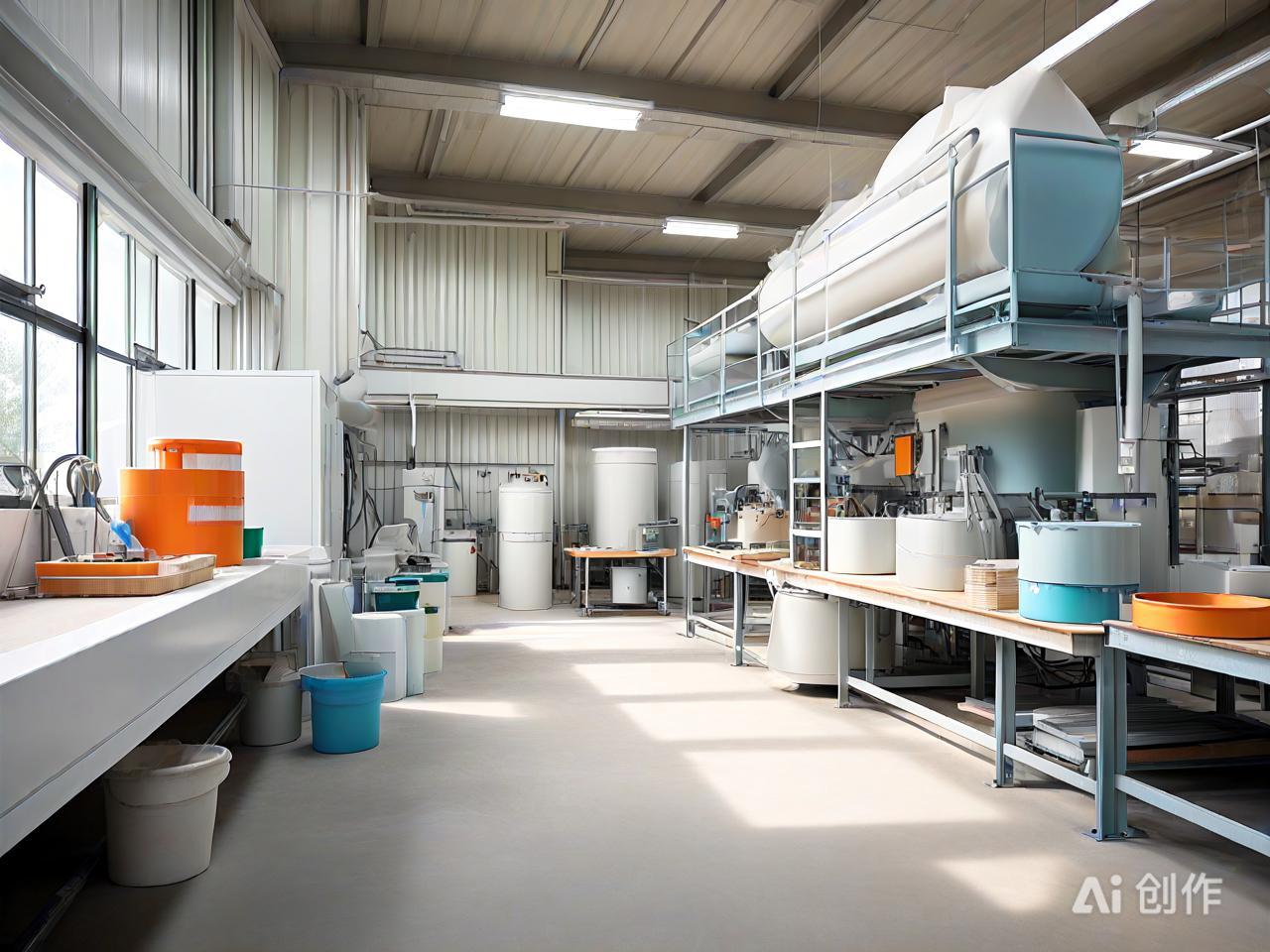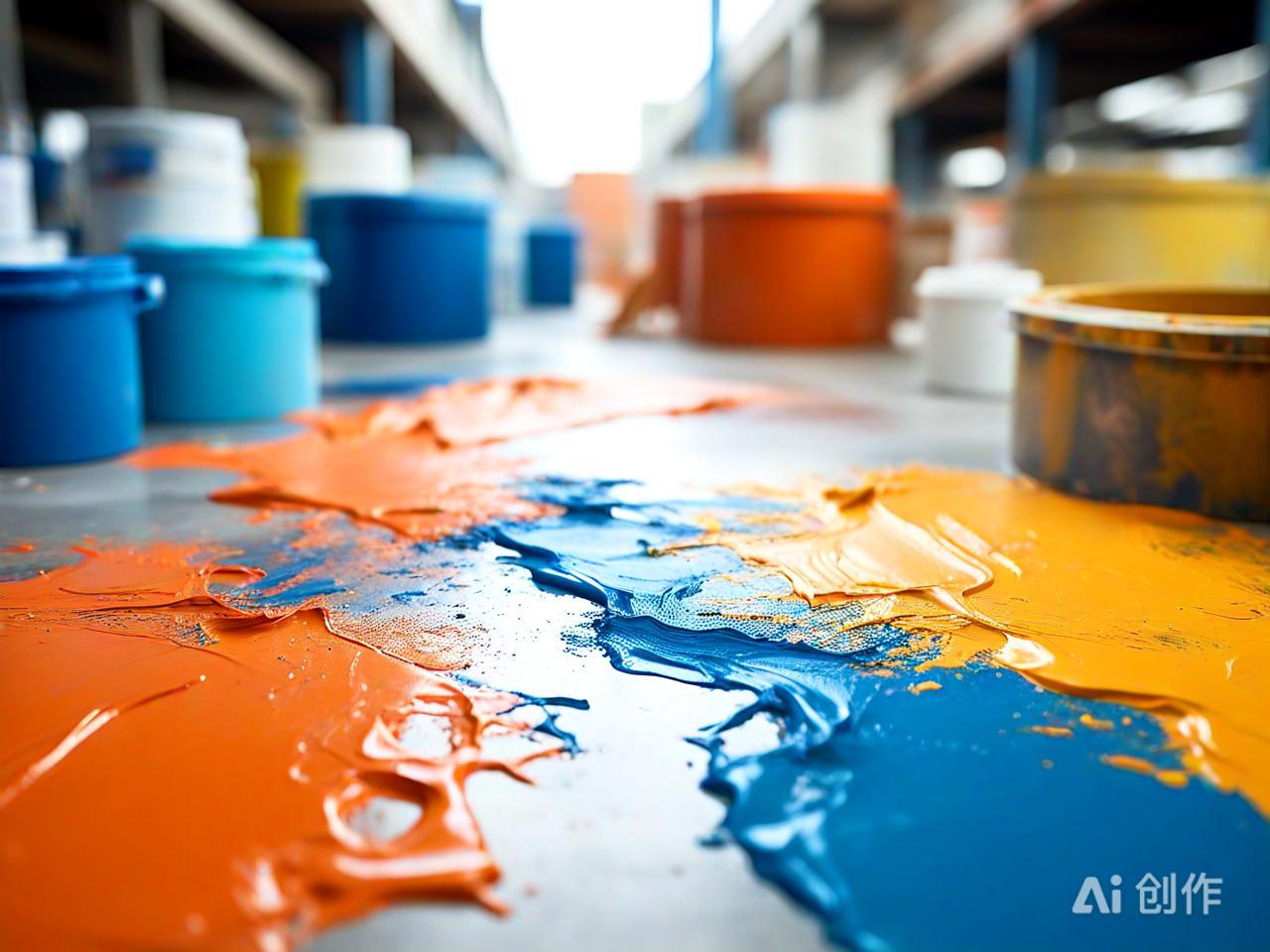The Benefits of Using Eco-Friendly Paints for Your Home
As awareness of environmental issues grows, more homeowners are turning to eco-friendly paints for their home improvement projects. These paints offer numerous benefits, from improving indoor air quality to reducing environmental impact. In this article, we’ll explore the advantages of using eco-friendly paints and why they are a smart choice for your home.
1. What Are Eco-Friendly Paints?
Eco-friendly paints are formulated to minimize their impact on the environment and human health. They typically have low or zero volatile organic compounds (VOCs), which are harmful chemicals that can off-gas into the air. These paints are made from natural, sustainable ingredients and are free from toxic substances.
2. Benefits of Eco-Friendly Paints
Improved Indoor Air Quality: Traditional paints can release VOCs, which can cause respiratory issues, headaches, and other health problems. Eco-friendly paints, with their low or zero VOC content, significantly improve indoor air quality, making your home healthier for you and your family.
Environmentally Sustainable: Eco-friendly paints are made from renewable resources and biodegradable ingredients, reducing their environmental footprint. They are also manufactured using processes that minimize waste and pollution.
Safe for Sensitive Individuals: People with allergies, asthma, or chemical sensitivities can benefit from using eco-friendly paints, as they are free from harsh chemicals and toxins.
Durability and Performance: Many eco-friendly paints are just as durable and high-performing as traditional paints. They offer excellent coverage, adhesion, and color retention, ensuring a long-lasting finish.
3. Types of Eco-Friendly Paints
Low-VOC and Zero-VOC Paints: These paints contain significantly lower levels of VOCs compared to traditional paints, making them a healthier choice for indoor use.
Natural Paints: Made from natural ingredients such as clay, lime, and plant-based resins, natural paints are completely free from synthetic chemicals and toxins.
Milk Paints: Composed of milk protein, lime, and natural pigments, milk paints are a traditional, eco-friendly option that provides a unique, matte finish.
4. Tips for Choosing and Using Eco-Friendly Paints
Read Labels: Look for certifications such as Green Seal or EcoLogo to ensure the paint meets environmental and health standards.
Test Samples: Always test paint samples on your walls to see how they look in different lighting conditions.
Proper Ventilation: Even though eco-friendly paints are safer, it’s still important to ensure proper ventilation during and after painting.
Dispose Responsibly: Dispose of any leftover paint and containers responsibly, following local regulations for hazardous waste.
Conclusion
Eco-friendly paints offer a sustainable and healthy alternative to traditional paints. By choosing low-VOC, natural, or milk paints, you can improve your home’s indoor air quality, reduce your environmental impact, and create a safer living environment for your family. Make the switch to eco-friendly paints for your next home improvement project and enjoy the benefits of a greener, healthier home.








